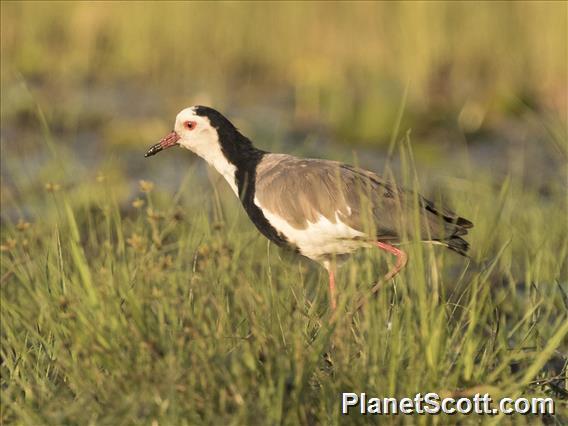Long-toed Lapwing (Vanellus crassirostris)

Long-toed Lapwing (Vanellus crassirostris)

Long-toed Lapwing (Vanellus crassirostris)


×



Long-toed Lapwing (Vanellus crassirostris)

Long-toed Lapwing (Vanellus crassirostris)
About Long-toed Lapwing (Vanellus crassirostris)
- Kingdom: Animals
- Phylum: Chordates
- Class: Birds
- Order: Shorebirds and Allies
- Family: Plovers
The long-toed lapwing , also known as the long-toed plover, is a species of wading bird in the lapwing subfamily, within the family Charadriidae. It is mainly sedentary and found across central and eastern Africa, from Chad and South Sudan in the north to Mozambique in the southeast of its range. It is one of 13 species of ground-nesting lapwings found in Africa.
Source: Wikipedia


